SUMMARY
This is AI generated summarization, which may have errors. For context, always refer to the full article.
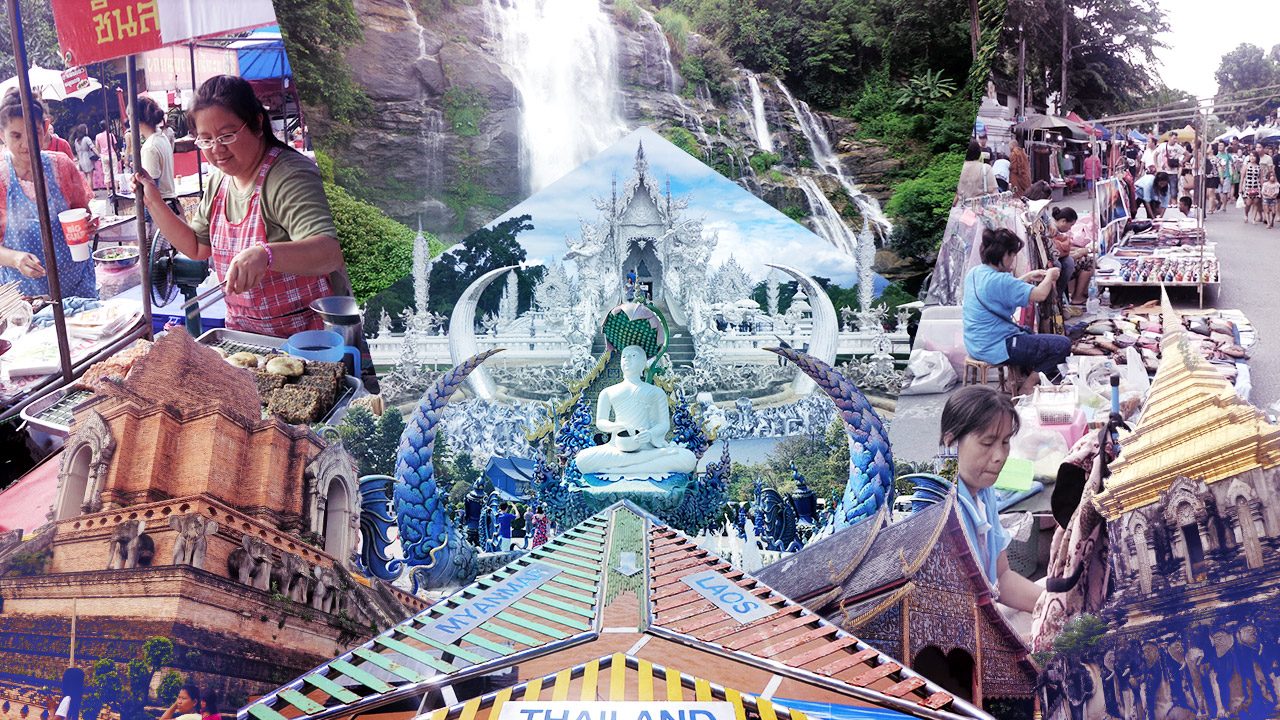
Chiang Mai is the biggest city in in Thailand’s northern region and the country’s second biggest city. The history of the city dates to 1296 when it became Lan Na’s new capital. It was an integral trade route during ancient times because of its location on the Ping River. Fast forward to today, the city has an eclectic mix of old and new that draws travelers from all over the world. The city’s ancient temples, markets, bazaars, restaurants, bars, cafés, museums, and its central location in the region make it a must-visit whenever you’re in Thailand.
Getting a visa
Filipinos can enter Thailand visa-free for up to 30 days. If you plan on staying longer, you can apply for an extension while in Thailand.
Get into Chiang Mai
Chiang Mai is a popular destination for locals, tourists, and digital nomads. This comes as no surprise because the city has plenty of affordable accommodations, restaurants and cafés, a chill vibe, ancient temples, and modern amenities that make it a go-to destination. It’s also an easy destination to reach from Bangkok.
By plane
There are regular flights from Bangkok to Chiang Mai. Do a quick search on Skyscanner or other similar websites to find the cheapest fares. Book weeks or months ahead to find lower prices.
By rail
I took the train from Bangkok to Chiang Mai during my visit. You get to lie down properly (if you book a sleeper) and get decent sleep for the entire trip. A second-class sleeper (dorm-type with a curtain) ticket costs around THB940, while the cheapest ticket is around THB370 for a seat. You can view schedules here or drop by the Krung Thep Aphiwat Central Terminal Station. Try to buy a ticket at least a few days before your departure because they might sell out.
By bus
You can also take the overnight bus from Bangkok to Chiang Mai. A ticket costs up to THB900 depending on the type of bus and seat you book. There are normal reclining seats and more luxurious options.
Getting around Chiang Mai
Public transportation is efficient in Chiang Mai. It’s a busy destination, but don’t expect the same kind of traffic as you would in Bangkok. There are taxis (rare), buses, tuk-tuks, Grab, and songthaews (something like a jeep) that take you from point A to B in Chiang Mai or for chartered day trips. It’s also easy to get in and out of the airport or train station; you can find the mentioned modes of transport to get to your accommodation conveniently. A songthaew ride costs around THB30 while taking the bus costs around THB20. You can also rent a motorbike for up to THB300 per day. Walking is the cheapest way to get around the city. Many attractions are not too far from each other.
Chiang Mai itinerary
There’s plenty to do in Chiang Mai or if you simply just want to hang out and eat. You can include Chiang Mai as an extension of your trip to Bangkok. It’s a chill city that also has a rich culture and history worth immersing yourself in.
*This itinerary assumes you start with one full day.
Day 1
Chiang Mai is home to many ancient temples scattered in different parts of the city. Start your first day with a visit to one. Wat Phra That Doi Suthep (or just Doi Suthep) is a mountaintop destination that’s a popular stop for locals and visitors. The central shrine contains a seated Buddha that many Thais revere. The temple dates to the 1380s when its first stupa was constructed. Over the centuries the temple complex expanded to its current size. The golden stupa within the complex will immediately grab your attention despite the crowds. Both men and women need to cover their shoulders and knees to enter. If you’re lucky, you’ll see overlooking views of the city from the complex.
How to get to Doi Suthep: You can ride a songthaew for THB40 if you wait for other passengers. You can also use Grab for up to THB500 one-way.
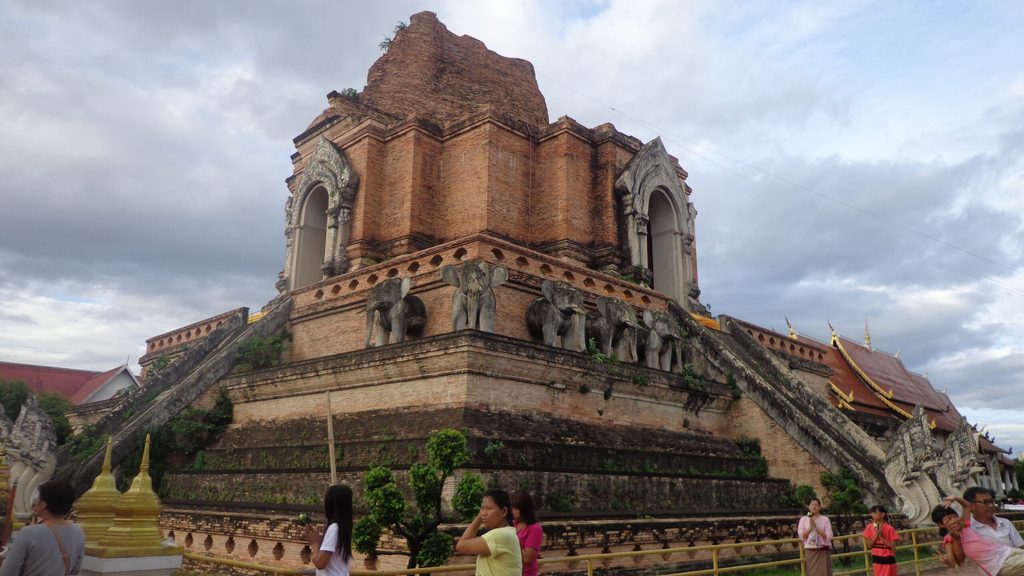
After a couple of hours exploring Doi Suthep and having lunch, make your way to Wat Chedi Luang. The latter dates to 1401 and incurred damage because of an earthquake that happened in 1545. Its ruined state adds to its haunting beauty. Walk for a few minutes to Wat Phra Singh, another renowned ancient temple. This one is the largest wat in Chiang Mai and has a history that dates to the 1340s. The Phra Viharn Lai Kam contains the Phra Singh Buddha and is the most sacred shrine of Wat Phra Singh. There are other temples in the city (there are more than a hundred of them) if you’re interested enough to see them. You can hang out in the many cafés and restaurants and check out the night bazaar and markets while in Chiang Mai. There’s a famous food market by the Chiang Mai Gate. If you’re in town over the weekend, you can experience the hustle and bustle of the Saturday and Sunday markets.
Day 2
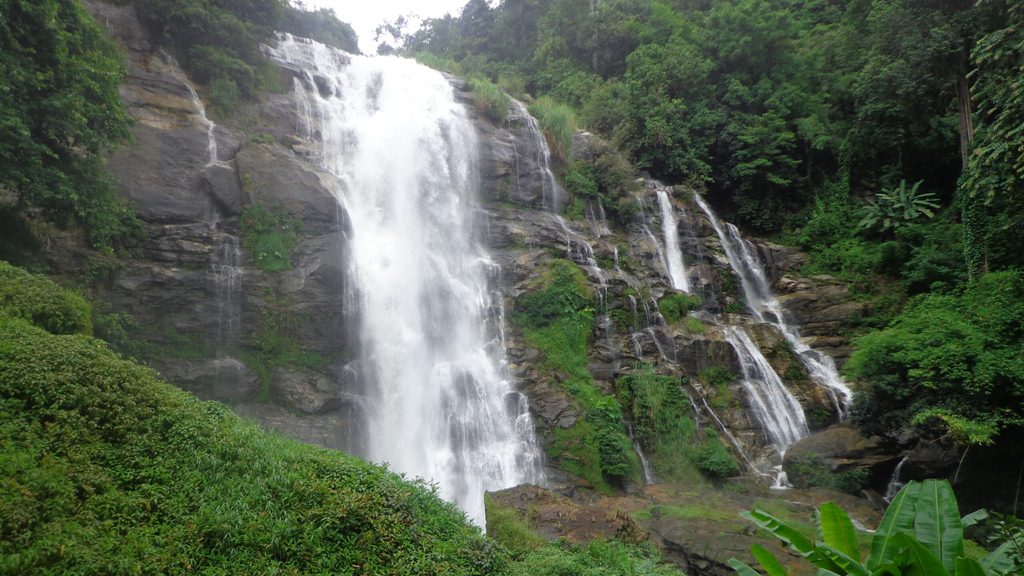
Escape the city with a trip to Doi Inthanon National Park, which takes around two hours. The park was named after the last King of Chiang Mai, Inthawichayanon. Here you’ll reach the highest point in the country without breaking much of a sweat. You’ll also see the monuments built for King Bhumibol Adulyadej and Queen Sirikit. The park has trails that lead to beautiful views and waterfalls you can even swim in. The attractions in the park are too far from each other to visit on foot. It’s advisable to take your own vehicle (car, van, bike, or motorcycle). There’s a THB300 entrance fee and THB100 for the two chedis. You can also book a tour for a convenient day trip. A one-day tour costs around THB1,700 per person. You can choose a package that includes hiking and swimming in a waterfall or just visiting the main attractions.
Day 3
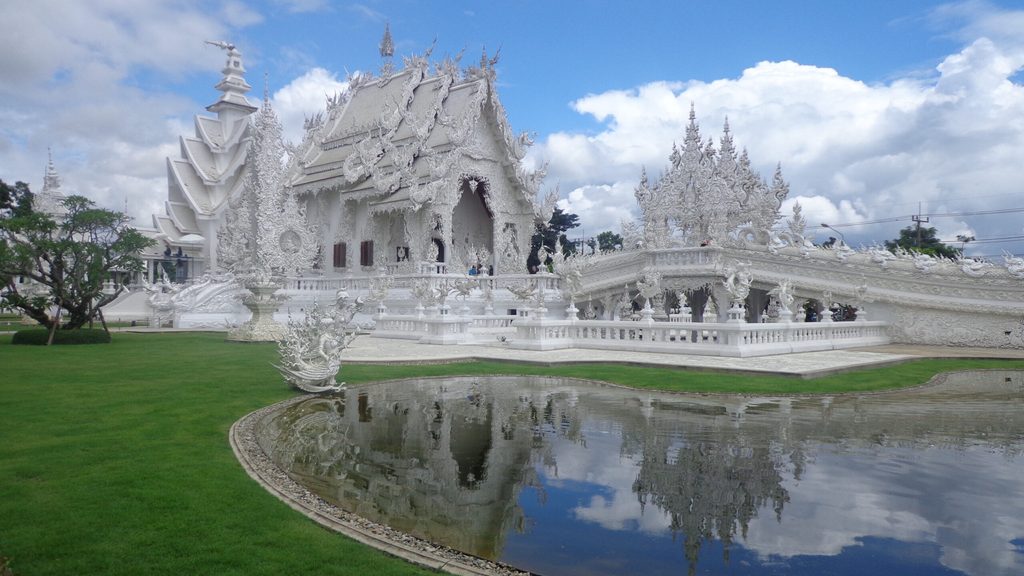
Chiang Mai’s location makes it an ideal hub to explore the region’s interesting sites. Go on another day trip to the White Temple, Blue Temple, and the Golden Triangle. The White Temple or Wat Rong Khun is one of the most beautiful temples in Thailand. Chalermchai Kositpipat designed this elaborate work of art. Every section of the temple is full of details and symbols drawn from Buddhism. As you walk towards the entrance, you’ll immediately notice the hands reaching out to you as you cross the bridge. The temple has an entrance fee of around THB50 per person.

Another noteworthy destination during your day trip is the Blue Temple. This temple has blue all over it with trimmings and hints of gold. It combines contemporary, Thai, and Buddhist designs. Much like the White Temple, the Blue Temple draws symbols and meaning from the teachings of Buddhism. Inside you’ll find elaborate and beautiful paintings depicting Buddha’s life.
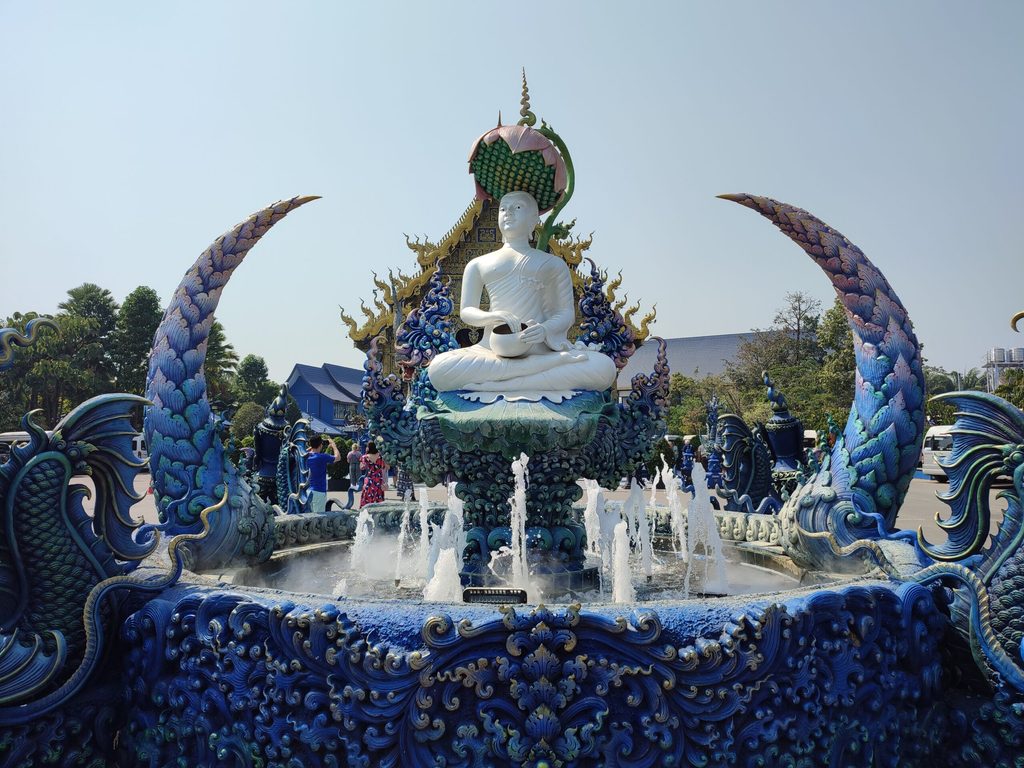
Your stop at the Golden Triangle provides you with an opportunity to see Thailand, Laos, and Myanmar in one place. The borders of the three countries mentioned meet at the junction of the Mekong River and Ruak River. The Golden Triangle is notoriously known as one of the biggest sources of opium in the world.
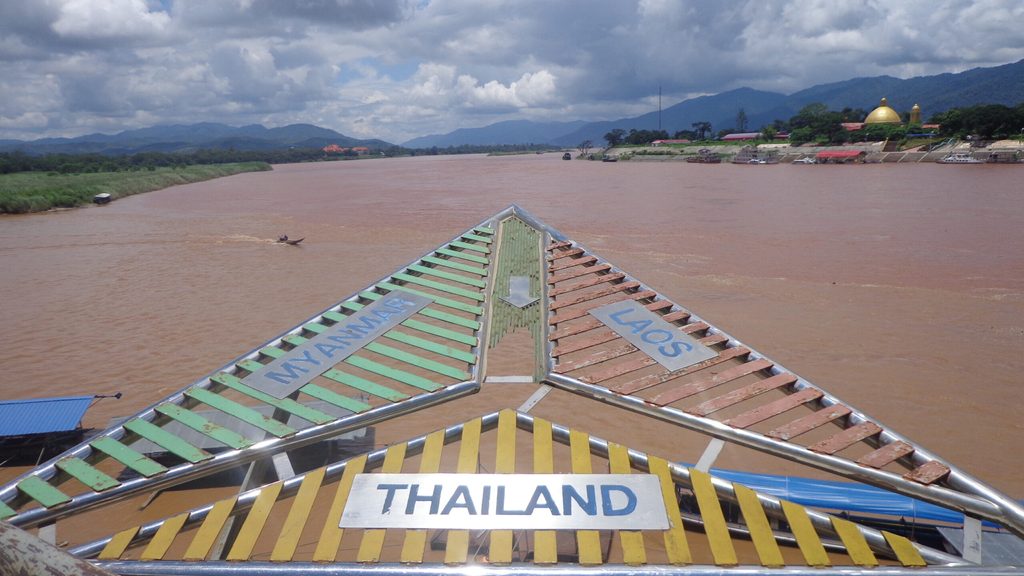
Other stops on your tour include a hot spring and the Black House Museum. This tour costs roughly around THB1,500 per person. There’s an extra charge of THB300 each if you want to go on a boat ride and/or visit a long neck village.
*For either day, you have the option to visit an elephant sanctuary instead. It depends on your interests and budget. This tour costs up to THB2,000+++ depending on the tour operator.
Day 4
On your fourth day, you can relax in the city or visit some of the other temples. Check out some markets and bazaars for souvenirs and grab a bite in the many cafés or restaurants. Chiang Mai has a nice and relaxing vibe. You can then take an overnight bus or train back to Bangkok.
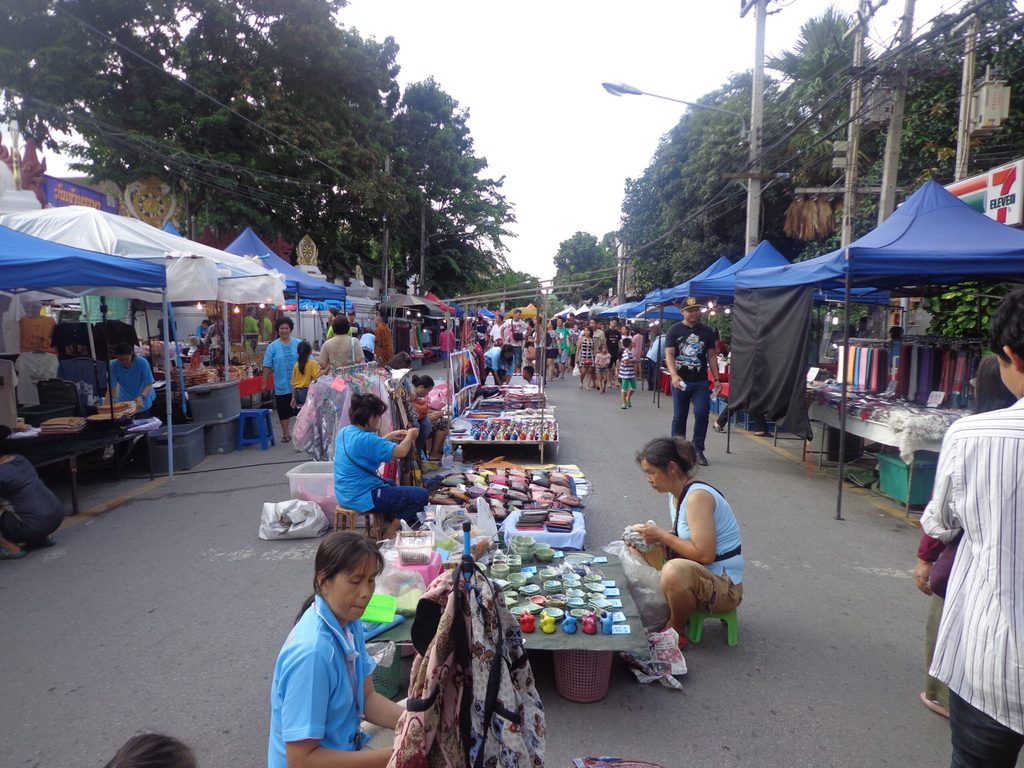
*If you plan on going during Yi Peng (sky lantern festival) and Loy Krathong (festival of lights), plan your trip around mid- to late November. There’s always an announcement when the exact dates are.
How much will you spend?
A budget of THB9,000 or roughly P14,500 for 4 days and 3 nights per person includes round-trip overnight train or bus tickets, a bed in a dorm, budget meals, two tours and day trips, and entrance fees to some attractions. It’s possible to spend just THB1,000 or roughly P1,600 a day or lower, if you stick to the basics and have a longer trip. You’ll save a lot more money if you don’t do any of the tours and just rent a motorbike for the day – that’s if you know how to ride one. You can spend less on food if you just eat street food from stalls or roadside restaurants. There are also cheap dorm rooms, guest houses, and hotels if you’re traveling with others.
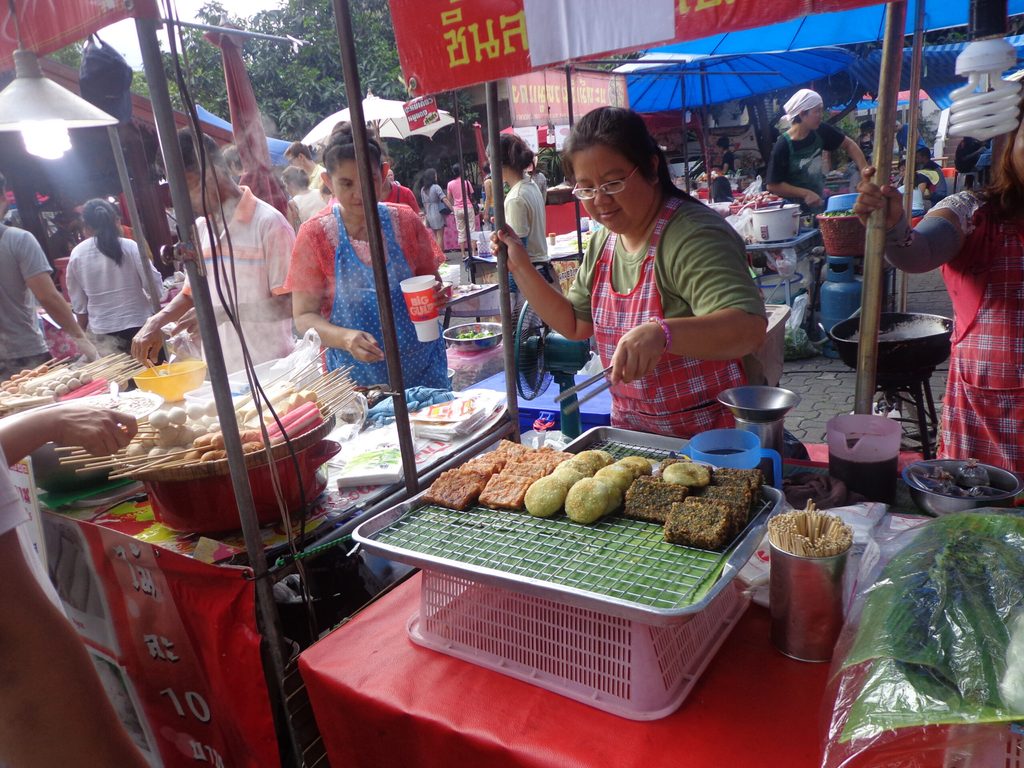
Chiang Mai is generally affordable; you can splurge and still get good value for money. I went to Chiang Mai as part of a longer trip around Southeast Asia so there were days when I just hung out in the city. You can do the same and include Chiang Mai as part of a longer trip around Thailand or the region. Chiang Mai is also a great destination for short trips. – Rappler.com
Add a comment
How does this make you feel?




There are no comments yet. Add your comment to start the conversation.